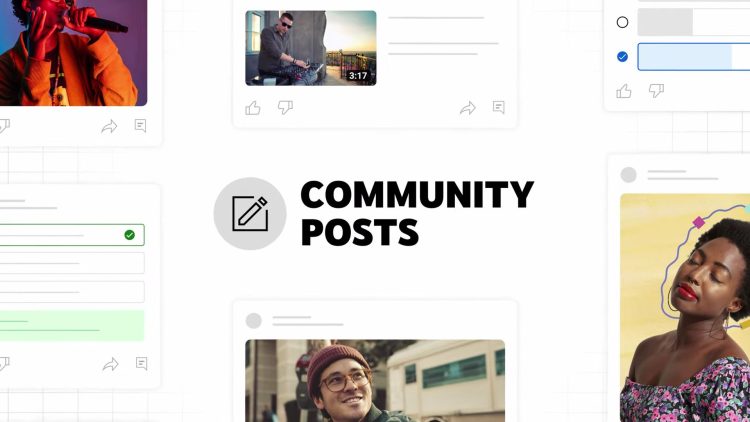The most popular website for sharing videos on the internet is still YouTube. Community Spaces, a new feature that YouTube is currently testing, attempts to incorporate aspects of the social network to promote greater fan interaction. The program expands on the Community Posts that were first released and lets producers provide text updates to their followers.
YouTube aims to strike a balance between the advantages of social engagement and the difficulties posed by unfavorable remarks. YouTube intends to foster a more satisfying sense of community by moving interaction to a new, private area. It appears that unfavorable remarks will likewise be hidden after the dislike count is eliminated.

Community Spaces: A new way to engage
YouTube has introduced Community Spaces as a new way to promote communication between content creators and fans. Fans can read authors’ updates and share their posts in a private area within the app thanks to this functionality. Unlike comment sections, which are sometimes criticized for their toxic interactions, community spaces are meant to foster a more positive atmosphere.
When the former can immediately respond to the latter’s inquiries and ideas, the bond between them is reinforced. This interaction fosters a sense of community in addition to content consumption. It’s important to understand YouTube‘s objectives in this case, especially whether they are to remove negative comments such as dislikes or promote a visually appealing environment. We’ll find out once the functionality is fully operational.
Community spaces may alter how artists interact with their viewers. Negative comments also have a big impact on YouTubers, so taking this precaution can help avoid a situation like this.

The evolution of social interaction on YouTube
The interaction between YouTube and social media components has frequently been nuanced. Over the years, the platform has experimented with a few features to increase user engagement and reduce negative encounters. Launching Community Posts last year gave creators a way to communicate directly with fans through text updates.
However, the company notices problems caused by derogatory remarks in traditional comment sections. To solve these problems, YouTube has introduced Community Spaces, which provide a more controlled environment for conversation. It remains to be seen whether this constitutes censorship.
YouTube can test Community Spaces before a wider release, gaining comments and insights from a select number of producers. Should Community Spaces become widely adopted, they might play a significant role in YouTube’s engagement strategy and influence the way other social media platforms manage user participation.
Other social media sites might add similar features to encourage better communication if Community Spaces shows to be successful. Social media firms may be forced to reconsider how they manage user interaction in light of this, putting quality before quantity and fostering online communities that are either healthier or more regulated.
Featured image credit: YouTube





